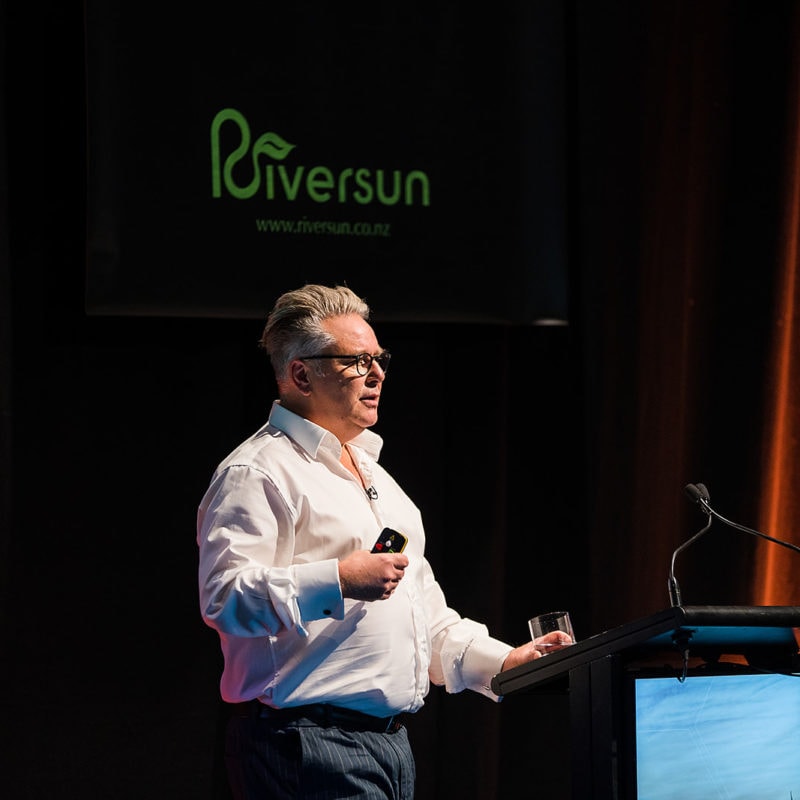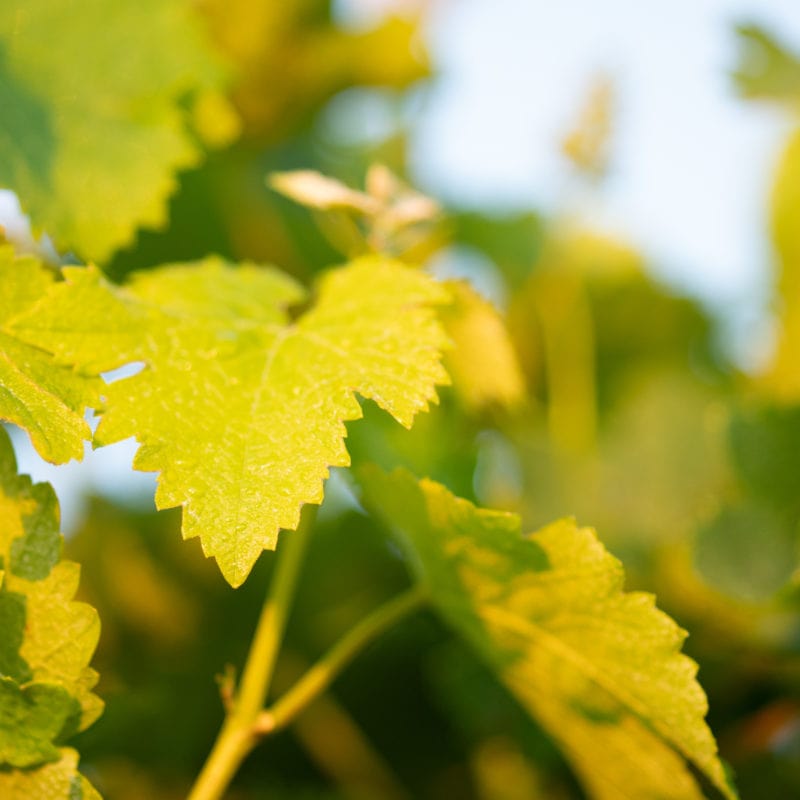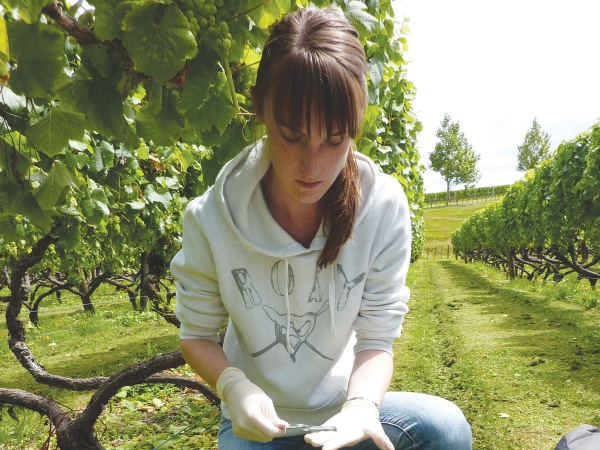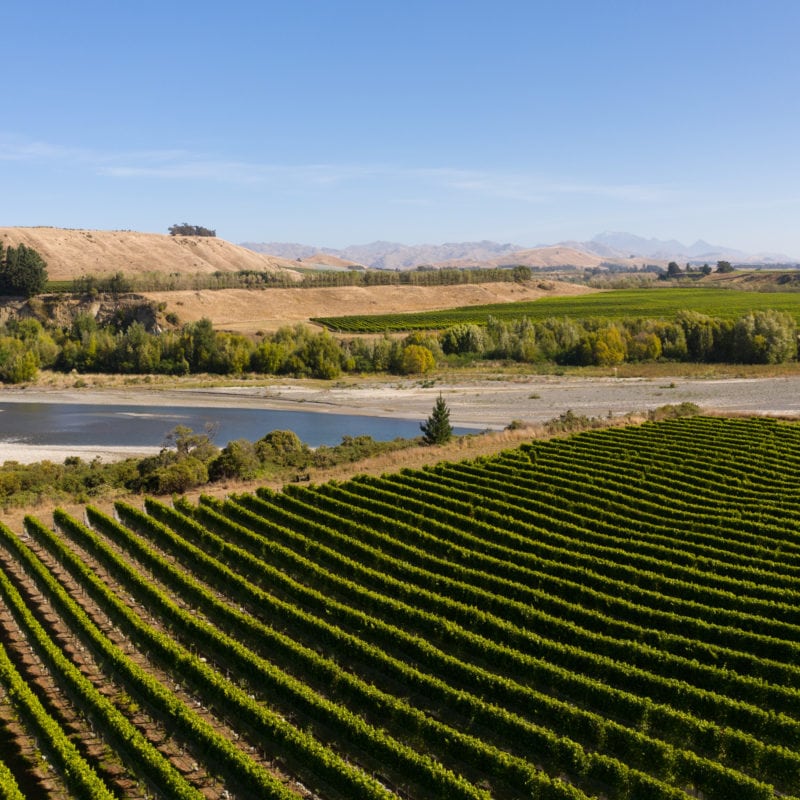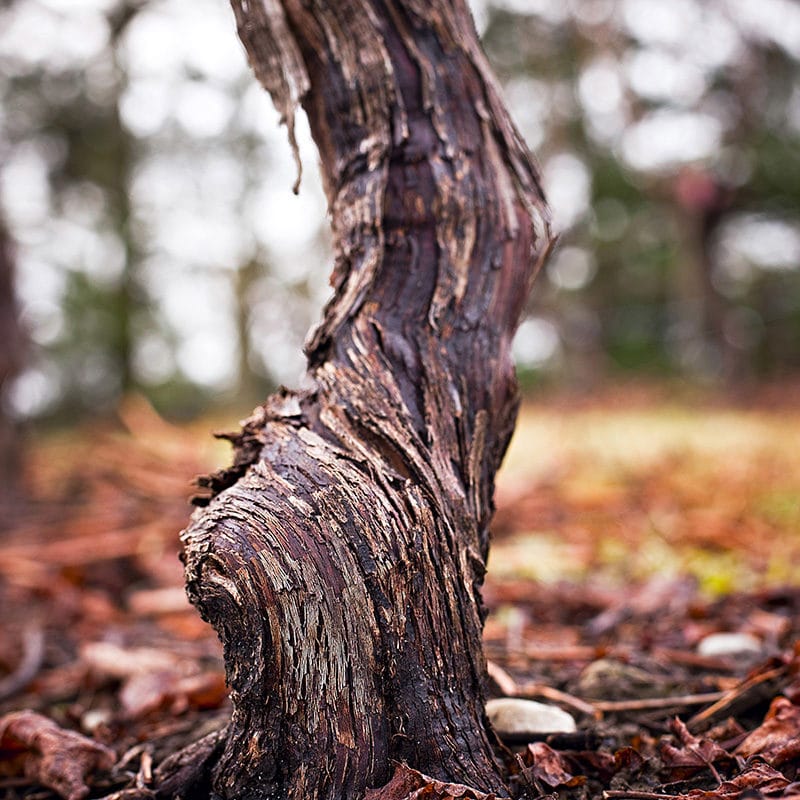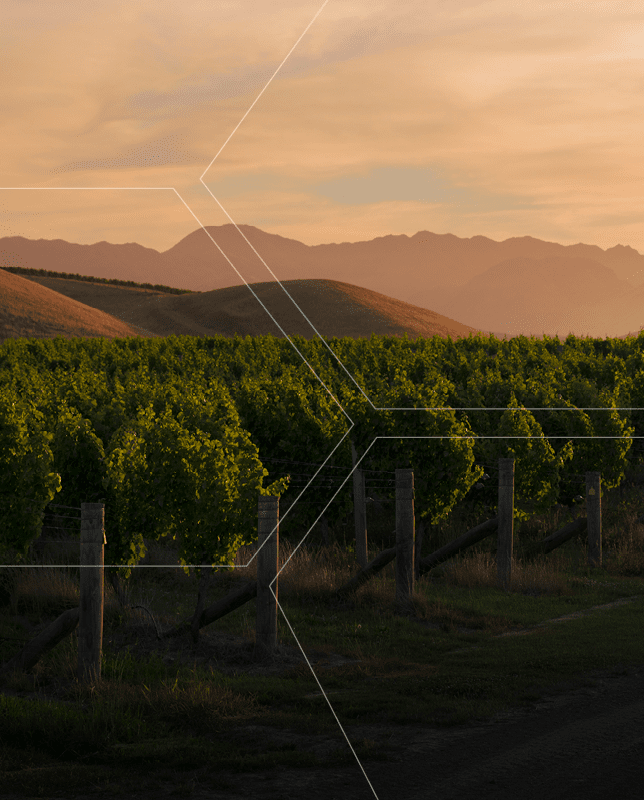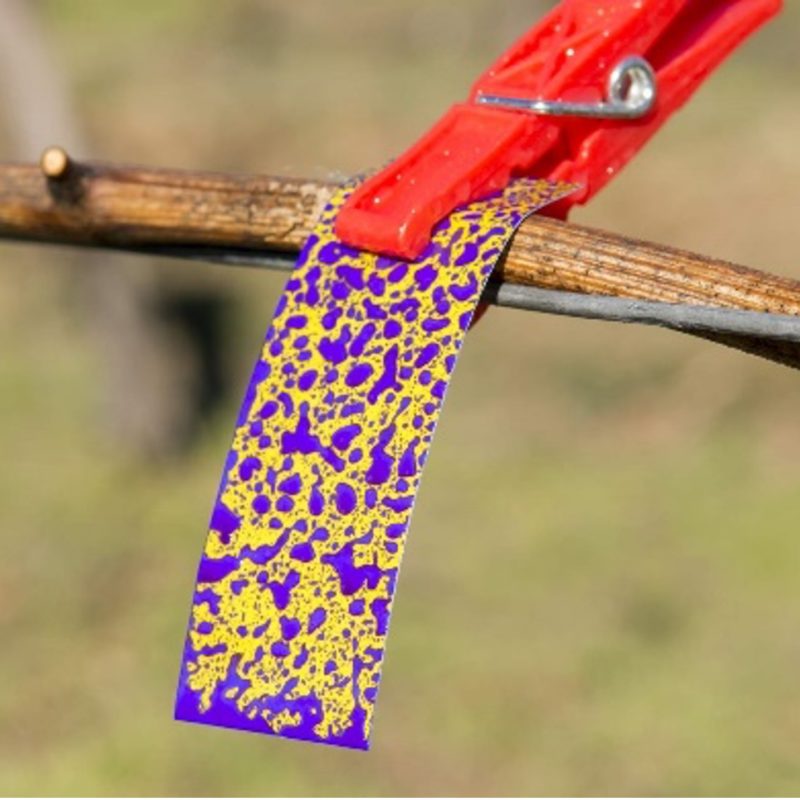The Vineyard Ecosystems Programme was a multi-year partnership between New Zealand Winegrowers and the Ministry for Business, Innovation and Employment (MBIE) that was managed through Bragato Research Institute. The programme ran from 2015 to 2022.
The programme intended to increase the long-term resilience and profitability of the New Zealand wine industry by developing new research-based approaches to pest and disease management, resulting in significant increases in vine longevity. The core programme examined differences in contemporary and future (no herbicide) vineyards, but has also delved into mealybugs, grass grub, trunk disease and much more.
The cornerstone VE Programme had three interconnected Research Aims; the vineyard as an ecosystem, relating to under-vine management, biota and leafroll virus, and pathogen management.
In the first research aim, the interconnections between the physical, chemical and biological properties of the vineyard, vines, their management and commercial performance were described and quantified. Vineyard sites representing the major varieties/regions are being scrutinised over a period of six years. Two contrasting management approaches, ‘Contemporary’ and ‘Future’ were compared and their effects on viticultural traits, physical and chemical soil properties, biophysical processes and total surface and sub-soil biota were assessed.
The two management regimes are as follows:
- Contemporary (Herbicide) treatment is representative of how most grapes are grown in New Zealand. Growers are specifically asked to continue their vineyard management, including small annual variations in practice as considered necessary. The only consistent difference with the ‘Future’ treatments is that these Contemporary vineyards are using herbicides to maintain a bare soil under-vine strip, synthetic fungicides and sprays to combat fungal diseases and insect pests, and synthetic fertilisers to mitigate nutritional deficiencies. Most of these vineyards will be maintaining an inter-row permanent ground cover.
- Future (No Herbicide) treatment is representative of growers who do not use herbicides to control weeds in the under-vine region. They use alternative means of controlling under-vine weeds, which will be mainly mechanical by cultivation or mowing. They generally try to maintain a semi-permanent ground cover (inter-row) comprising a wide range of plant species. To help combat fungal diseases and insect pests, preferably naturally occurring products will be used (if required) in these vineyards, although some reserve the right to use synthetic chemistry for particular issues; there are no strict rules around the use of fungicides and fertiliser.
Funding and Research Providers
Vineyard Ecosystems was funded by the New Zealand Winegrowers’ levy and the Ministry of Business, Innovation & Employment. Additional funding was provided by Plant & Food Research, which was also one of two major researcher providers in the programme alongside the University of Auckland.
Other research providers included Thoughtful viticulture, Linnaeus Laboratories, South Australian Research and Development Institute, and Intecrop Ltd.
The research would not have been possible without the generosity and cooperation of the following companies: Babich Wines, Constellation Brands New Zealand, CD & CM Howell Partnership, Craggy Range, D&K Ellin, Delegat Wine Estate, Dog Point Vineyard, Grapeology, Kokako Farms, Mission Estate Winery, Supernatural Wine Co, Te Mata Estate Winery, Tua Marina Vineyards, Villa Maria, William Murdoch Wines and Wither Hills.



